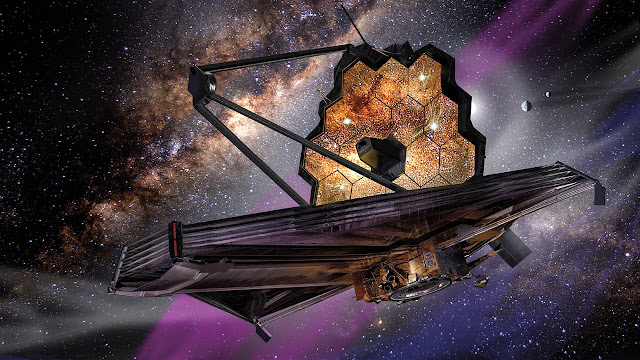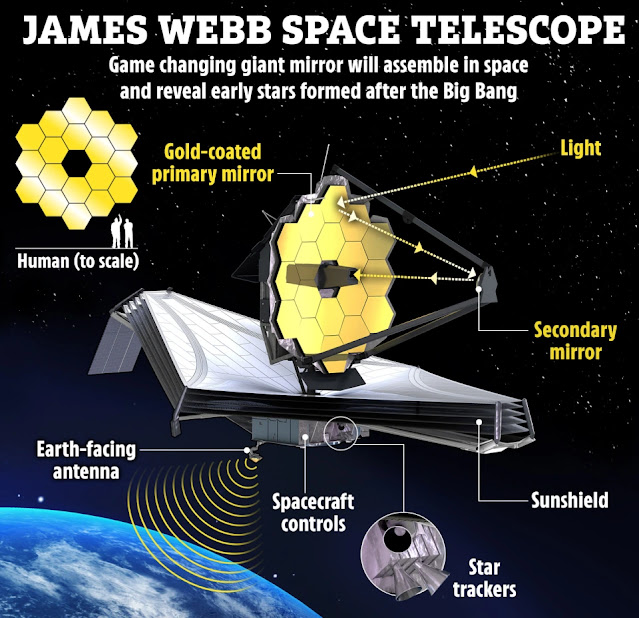NASA's newest space telescope has been activated and is already producing some intriguing finding. Experts searching for indications of a distant life in the universe are thrilled after the big mirror reported its findings for the first time. The James Webb Telescope received its first glimmer of light from a distant star, marking an important milestone in ensuring that all systems are in working order.
Scientists may now go on to the next stage of the $10 billion project's work thanks to first receiving photons. This entails aligning 18 massive mirrors that will provide a clear view of events. They'll operate as a massive single mirror once they're all put together, but it'll take three months of great precision.
NASA said: "The images taken by Webb during this period will not be ‘pretty’ images like the new views of the universe Webb will unveil later this summer. They strictly serve the purpose of preparing the telescope for science."
Webb is the largest and most complicated telescope of its type, equipped with cutting-edge technology. Its goal is to explore the secret depths of our cosmos by staring at the dim light of early stars and galaxies formed 250 million years after the Big Bang. The equipment will have the ability to see through dense dust clouds that cover distant planets.
Getting through this might help steer us in the direction of alien life, some experts doubt we'll discover it but quite a few are confident. And because light travels at such a slow speed (from cosmic perspective), we can essentially travel back in time to when stars and planets first formed after the Big Bang. JWST will be able to see more than 13 billion years into the past. (You can read more about how that works here).
After numerous severe delays, the telescope was successfully launched on Christmas Day 2021.







No comments:
Post a Comment